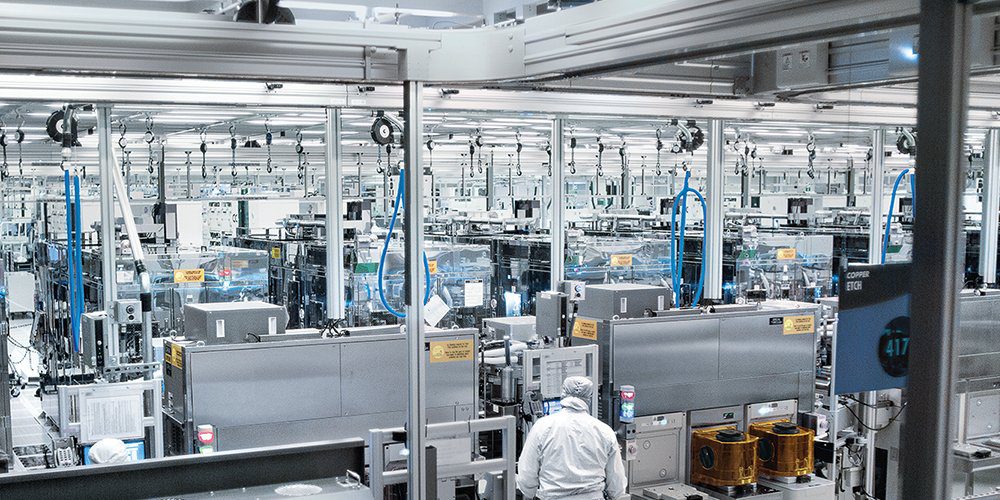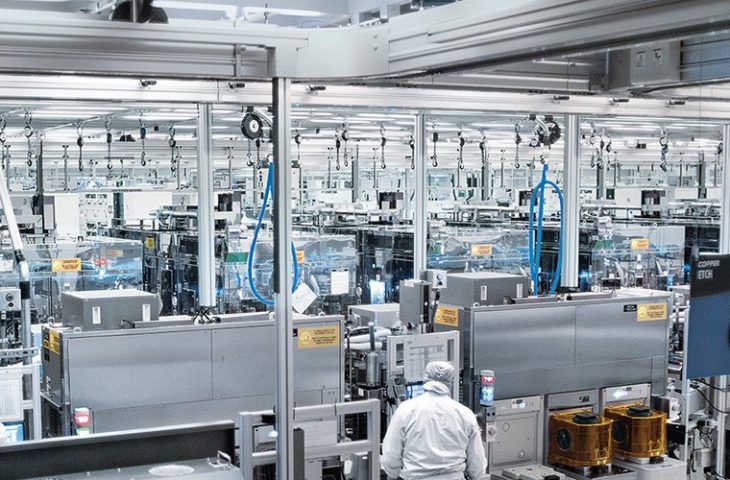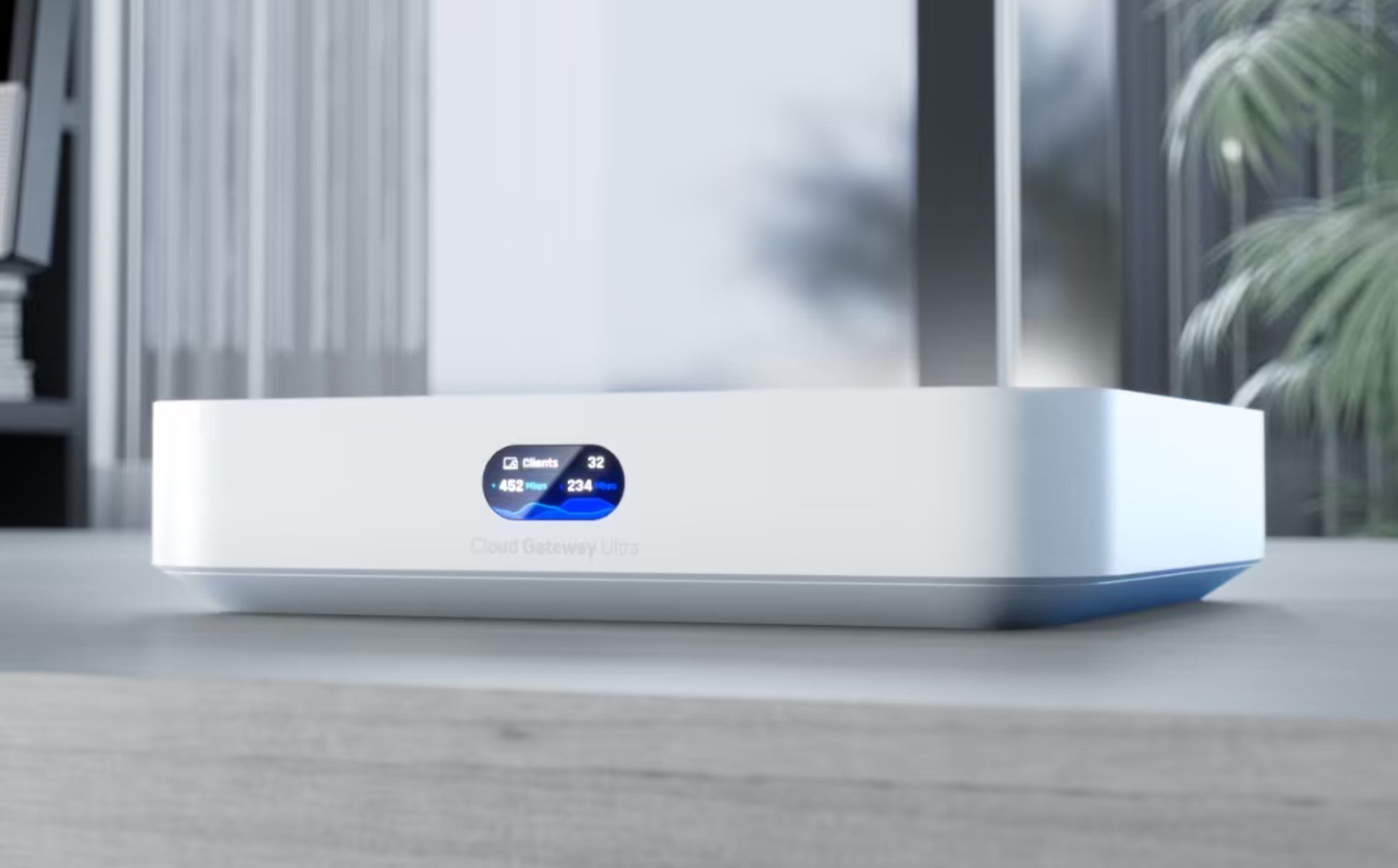Intel is changing the name of its Intel Foundry Services by removing the “Services” part. The advanced manufacturing technology the company can offer already seems to be appealing to Microsoft.
Microsoft chooses Intel Foundry to produce its self-developed chips. This is a nice victory for CEO Pat Gelsinger and the newly renamed Intel Foundry, which drops the “Services” at the end of the name. The renaming took place at Intel’s special Foundry event, the first of its kind. It shows that the Gelsinger team continues to see third-party chip production as a major opportunity and focus.
Microsoft logs in
The agreement with Microsoft immediately shows how valuable this focus is. Redmond would transfer approximately fifteen billion dollars to Intel over the course of the contract. It is unclear which chips Microsoft wants Intel to build. Microsoft would benefit from the Intel 18A (1.8nm) process, which is the first Gate all around (GAA) transistors used (as a replacement for FinFet). The Intel 18A node is a future and very advanced production node.
It was recently announced that Microsoft is developing its own network cards for GPU servers. As a large cloud provider and computer specialist, Microsoft has both the size and the incentive to develop specialized chips itself. Chip manufacturing is a specialized industry in which TSMC is the market leader, followed by Samsung. In the past, Intel built chips almost exclusively for itself, which of course represented an immense amount. Under Gelsinger, production expertise is opened up to external parties and Intel competes with TSMC. Nvidia had previously announced that it would also choose Intel as another manufacturing partner alongside TSMC.
Intel 14A
Intel also wants to become an untouchable technology leader in the manufacturing industry again. In fact, TSMC has had the most advanced production nodes for several years and Intel had to follow suit. Gelsinger wants to change that. At the Foundry event, the CEO announces Intel 14A to further this ambition. This node is planned for 2027 and will use the latest High NA EUV machines from the Dutch ASML. To give you an idea of the investment involved in such innovations, such a machine, which is just part of the production chain of a microchip, costs about $350 million and is larger than a coach bus.














